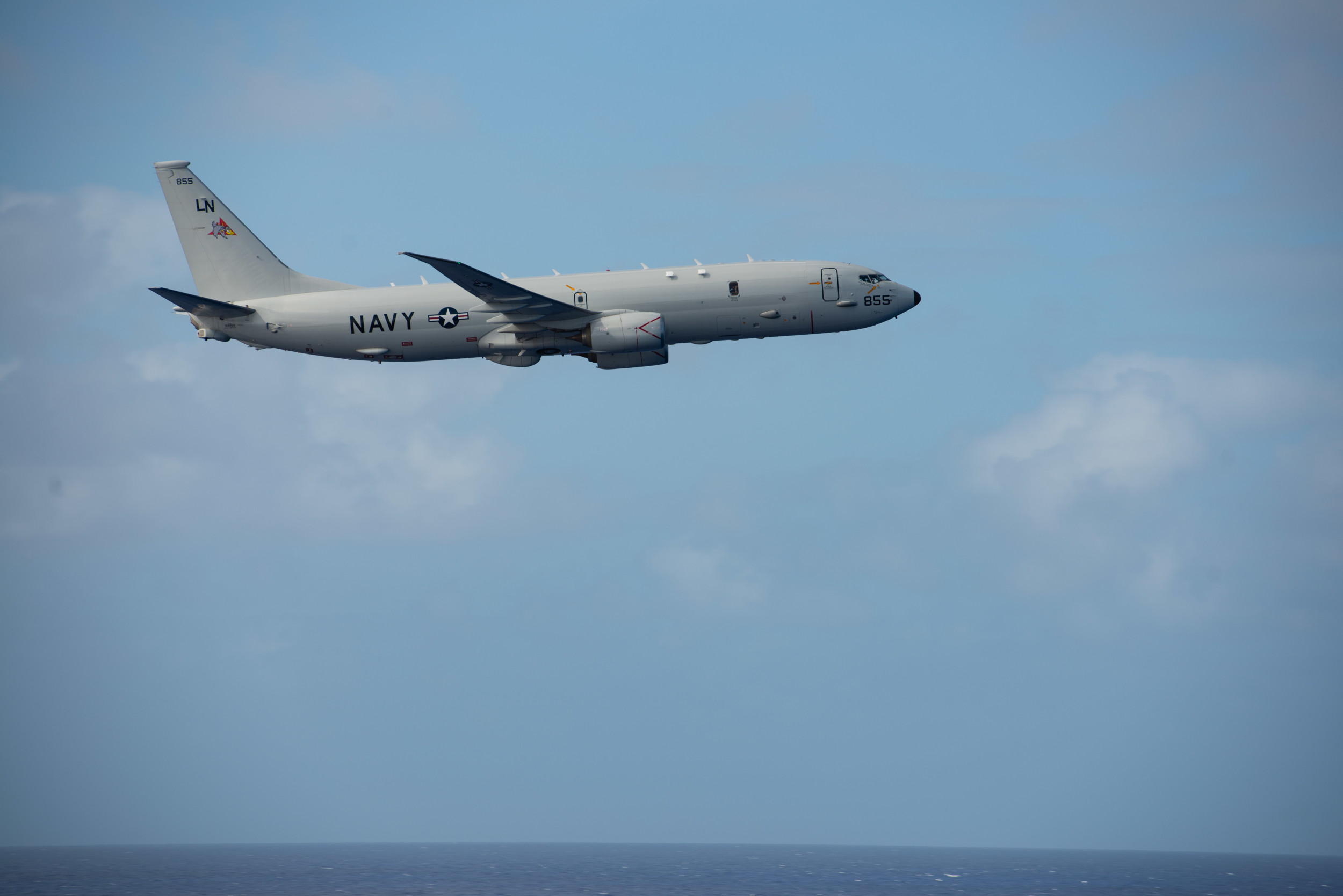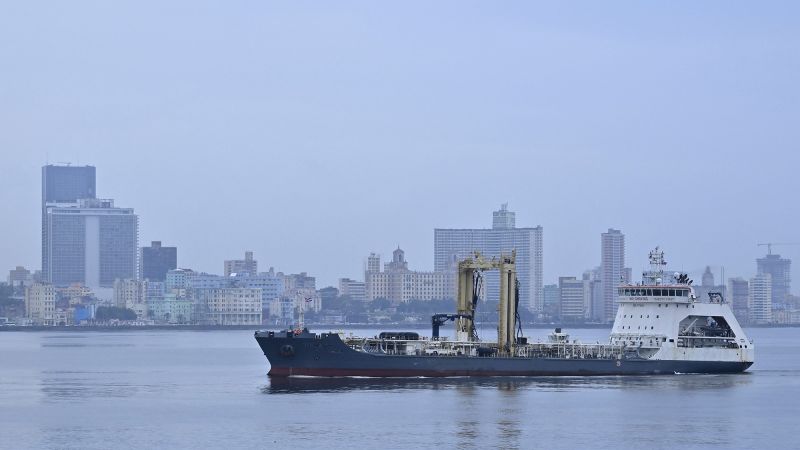
A group of Russian ships and submarines, including a nuclear-powered submarine equipped with hypersonic missiles, moved closer to Cuba in June 2024. The Russian vessels conducted missile tests en route to the island nation. This event marked a significant challenge for contemporary missile defense systems due to the high speed and maneuverability of Russia's Zircon hypersonic missiles.
The Admiral Gorshkov, a nuclear-powered frigate from Russia's modern naval fleet, is part of this flotilla. Developed by Severnaya Verf in St. Petersburg, the Admiral Gorshkov-class frigates are integral to Russia's modern naval fleet and cost around $250 million to build.
Meanwhile, the United States remains reliant on its fleet of 73 destroyers, which are deployed across the Atlantic and Pacific. The Arleigh Burke-class destroyers, designed by Bath Iron Works and Huntington Ingalls Industries, prioritize multi-mission adaptability and cost significantly more to build at around $2 billion.
The USS Truxtun and USS Delbert D. Black are among the U.S. destroyers that have been deployed for surveillance near Cuba, monitoring the Russian naval activity closely.
Russia's modern naval fleet has been active in various exercises and missions since 2018, including missile drills in the Atlantic Ocean. The Admiral Gorshkov-class frigates are equipped with advanced stealth features and highly sensitive radar systems, making them a formidable challenge to contemporary missile defense systems.
The U.S. Navy's P-8A Poseidon submarine hunters have been conducting nonstop surveillance around Florida as the Russian flotilla sailed past the East Coast of the United States.
Despite historical friendly relations between Cuba and Russia, this show of force has raised concerns among U.S. officials, who view it as a potential threat to their national security.
The Russian Defense Ministry sent a nuclear-powered submarine, Kazan, along with three surface vessels to Havana for a five-day official visit. The Kazan does not carry nuclear weapons on board.
This event comes in light of Russia's war in Ukraine and Cuba's increasing reliance on Russian oil and aid. The U.S., Canada, and their allies are closely monitoring the situation to ensure the defense of their nations.


